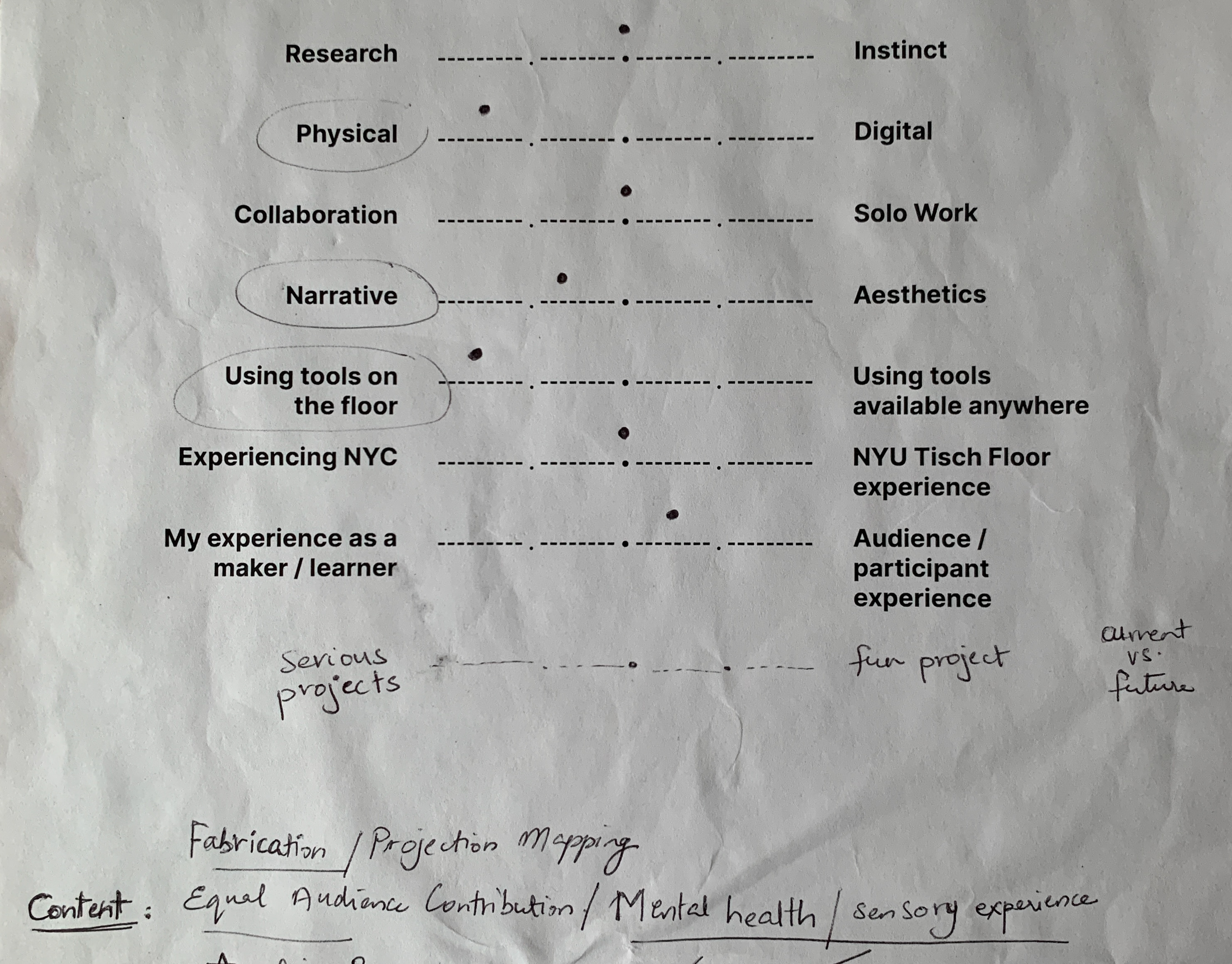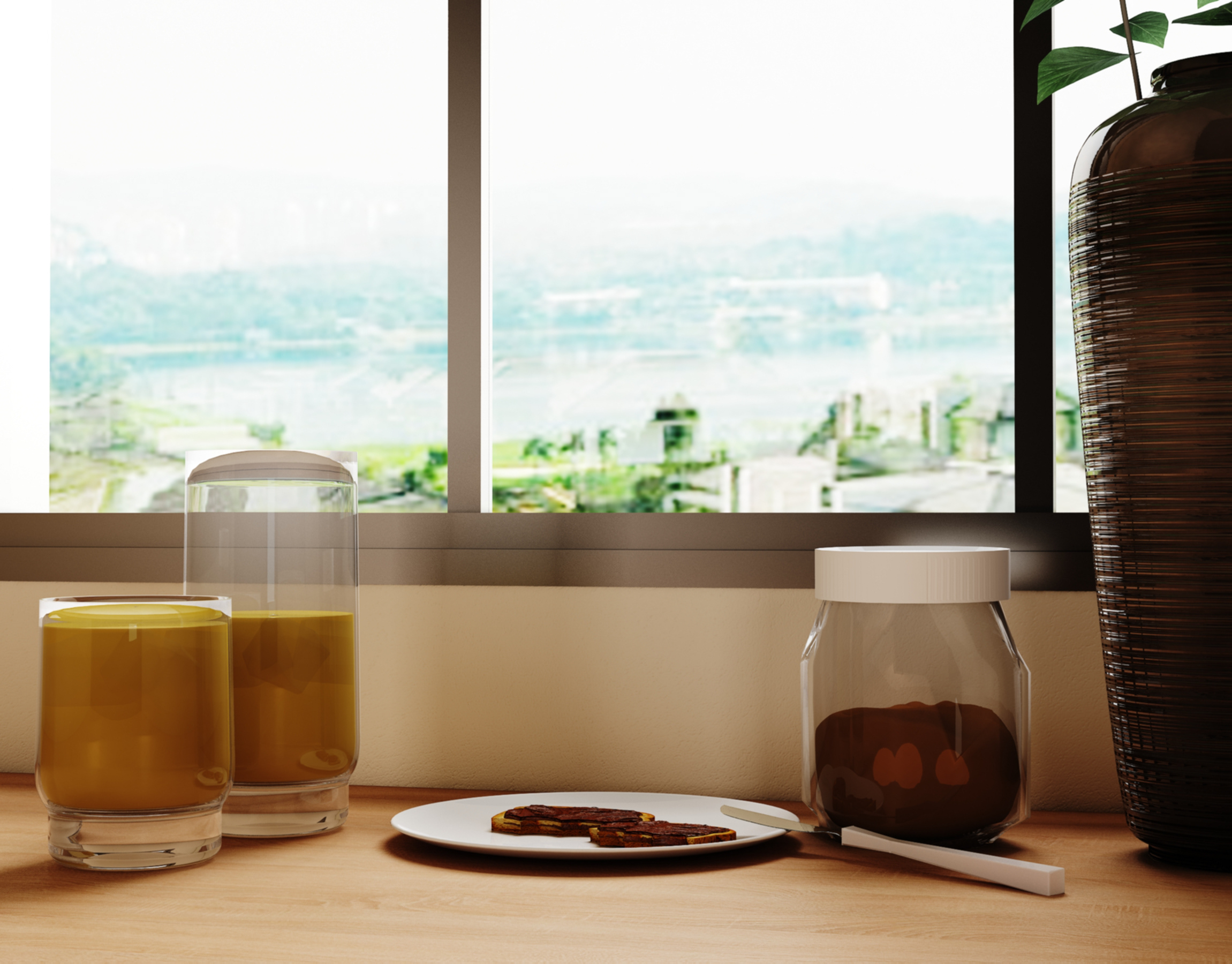Curiosity Syllabus BrainStorm
Part 1: Curiosity Syllabus, Continued
Ideally, I would like to go for a medium that would be easy to add to and update. For so long, I have been using sketchbooks to note my ideas, draw sketches and even hold scraps. I find myself resorting back to my sketchbooks all the time because they hold what I write and visualize with my hand, as opposed to what I type on a screen. If I had to type things on a computer, I would print them out and stick them in my sketchbook for physical reference. Therefore, as for the time being I do not own a sketchbook for this summer semester, I plan on typing out my curiosity syllabus on a program I often like to use called XMind to 'map' my thoughts (which I can always build on by re-editing the file), and later on print it and place it in my sketchbook, where I can continue to add on to it by writing/drawing.
Part 2A: Artist // Rhizome
Artist name: Christopher Baker
Who is he?
Christopher Baker is an artist who evokes complex conversations about the social, technological, and ideological networks found in the urban landscape. He crafts artifacts and scenarios that expose and foster connections within and among these networks. He studied Biomedical Engineering at Saint Louis University and focused on digital signal processing. He then went on to study the same field at the University of Minnesota, where he later joined the Art Department and completed his MFA in Experimental and Media Arts. He is currently an associate professor in the Art and Technology Studies department at the School of the Art Institute of Chicago.
Why did I choose him?
His content behind his projects is what caught my attention mostly. I find myself interested in how he portrays in his projects the relationship between our online and external identities. I really resonated with his quote regarding this topic: "I believe when we look at our social networks we see ourselves in new ways. When you look at your social network, I believe you can learn a lot about yourself, your values, how your relationships change over time etc." I believe his projects of this nature spark individual and cultural responses that allow for reflection on who we genuinely are and what we believe our values are as individuals and as a society. He also highlights the differences between how individuals present themselves today and their 'digital histories', and how different that representation is when it is public versus private. I find myself connecting with his intent, as this is something I ponder about myself when I come to intentionally view my 'digital diary' of social media accounts from time to time.
I also liked his keen consideration of architecture and places as integral pieces to host his projects. He mentions: "Art that engages the digital world usually tends toward disembodied experiences for the viewer. I believe that finding the intersections between architecture, space, place and digital data result in richer, more sensual experiences." Coming from an interior design background myself, I can completely relate to his quote, as I believe that spatial experiences can enhance our understanding of displayed art through sensory forms, and can positively impact our psychologies.
What would I ask the artist?
1) Does he have a favorite form of space or architecture that delivered experiences that were accurate to his expectation of how a project would be experienced and perceived by the audience? If so, what was that space?
2) For his project of "Hello World" where he uses lots of online video blogs of strangers he came across on the internet, is he ever worried of issues revolving around consent if the strangers have come to found out about his project regardless of the fact that these video blogs were already posted online?
Hello World by Christopher Baker
Part 2B: Process // Recess Art
Project name:
Why did I choose this project?
If you could interact with their project, what would you be most interested in testing or experimenting with?
Double Room by Corin Hewitt & Molly McFadden
Who are the artists?
Corin Hewitt is an Associate Professor of Sculpture and Extended Media at Virginia Commonwealth University. Hewitt explores connections within architecture and domestic life through a diverse range of mediums, including installations, performances, sculptures, photographs, and videos. He received his MFA from the Milton Avery School of the Arts at Bard College (2007), and his BA from Oberlin College (1993). He attended the Staatliche Akademie der Bildenden Kunste, Karlsruhe, Germany (1996) and Skowhegan School of Painting and Sculpture, Maine (2004).
Molly McFadden earned her BFA from Oberlin College (2014). Her dedication lies in seamlessly blending her artistic endeavors with her daily life. Over time, she has keenly observed how people express their identities through the staging of objects. She is a professor in the Art department at Virginia Commonwealth University.
Why did I choose this project?
I chose this project because I find it to have a beautiful and explorative interactive process for both artists and the audience involved. The artists are supposed to each start out in a seemingly connected but separate built spaces, where they get to work on the finishing of the interiors, while documenting their process through photographs. After every period of time, they switch spaces and continue on what the other has created based on the left photographs. This in turn creates 'mutations' of the same artwork, and allows for the art creating process and its evolution to be presented to the audience as the actual art. The process becomes an invitation for the audience to observe those mutations. The project description mentions: "The result is a production of shared temporal and visual experience between artists and audience, obscuring the distinction between studio and stage." The project moves beyond traditional notions of individual artistic creation, blurring the lines between each artist's contribution and challenging the idea of authorship. It also emphasizes the influence of one artist on the other's work and explores how interpretations can diverge and evolve over time. The artists end up contributing to a shared, evolving narrative.
Photo documentation for the project can be found here: https://www.flickr.com/photos/recessactivitiesinc/albums/72157622796075418/
If you could interact with their project, what would you be most interested in testing or experimenting with?
I would like to experiment with how the resulting mutations or narrative would turn out if I (as part of the audience) suggest different ideas or instructions to each artist on how they could continue on with their art process. The process would end up being a collaborative work not just between both artists, but between them and the audience too.
Double Room by Corin Hewitt & Molly McFadden
Part 3: Curiosity Syllabus, Reflection
I would like to add 2 topics to my curiosity syllabus that I would like to explore: one concerning sensory/sensual experiences provided by spaces, and another regarding experimentation with projects where the audience can equally contribute to the content of the art as artists.



